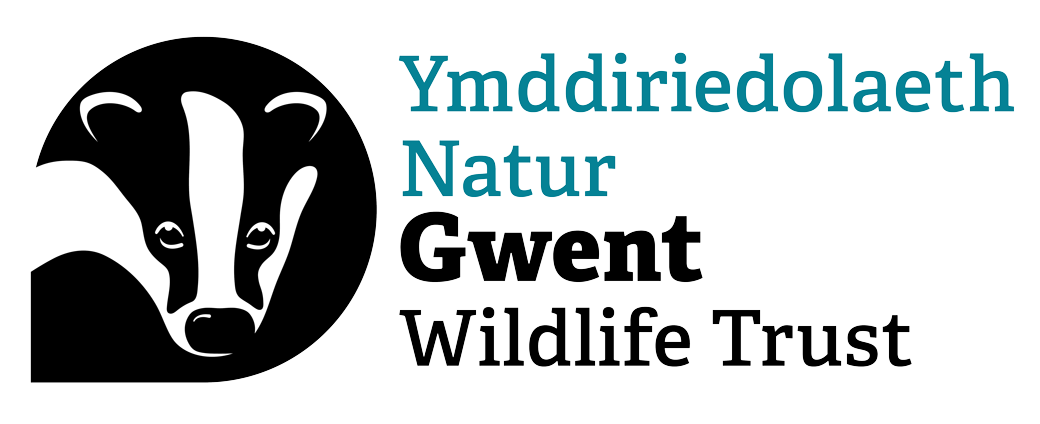Search
Chwilio
Dipper
The chocolate-brown, plump dipper can often be seen bobbing up and down on a stone in a fast-flowing river. It feeds on underwater insects by walking straight into, and under, the water.
Grassland Fungi – A Focus on Waxcaps
Join experts for a guided walk to look at and learn how to identify grassland fungi at New Grove Meadows.
My happy place
When the stresses of life get too much, I take a walk through Attenborough Nature Reserve - a form of free therapy. The fresh air, the bird calls, the beauty of nature surrounding me, is calming.…
Nature Recovery in the Wye Valley National Landscape
An Illustrated Talk by Molly Boyce, Wye Valley National Landscape Nature Recovery Officer
Grey wagtail
A breeding bird of fast-flowing, upland rivers, the grey wagtail can also be seen in lowland areas, farmyards and even towns in winter.
Ponds
Whether found in a garden or part of an agricultural landscape, ponds are oases of wildlife worth investigating. Even small ponds can support a wealth of species and collectively, ponds play a key…
Common octopus
The common octopus is a highly intelligent, active predator. It even has a secret weapon - special glands produce a venom that it uses to incapacitate its prey!
Selfheal
Selfheal is a low-growing, creeping plant that likes the short turf of grasslands, roadside verges or even lawns. Its clusters of violet flowers appear in summer.
Wetland Creation at River Meadow
Join us for a talk on our work restoring wetland at our new nature reserve, River Meadow.
Yorkshire-fog
The soft, downy look of Yorkshire-fog makes it an attractive plant, even if it is considered a weed of cultivated land! It is also attractive to the caterpillars of the Small Skipper butterfly as…
Twin-lobed deer-fly
Many of us have felt the painful bite of the Twin-lobed deer-fly (a 'horse-fly') while out walking in damp grasses or woods. But mostly, it prefers to feed on the blood of cows and…
